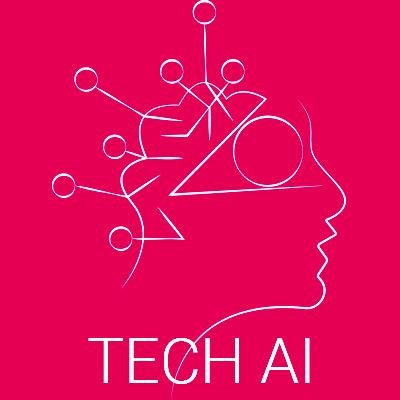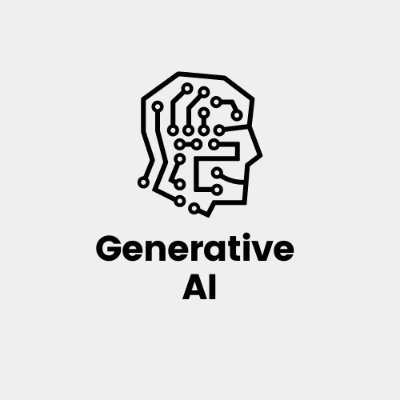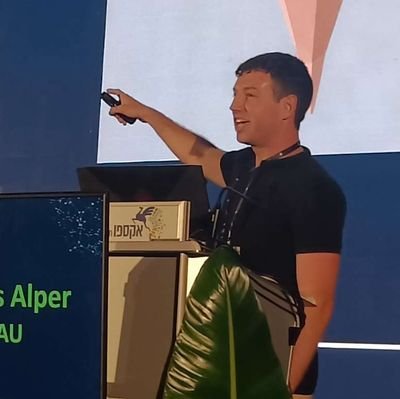
TasksWithCode
@TasksWithCode
We spotlight ML researchers & practitioners. High (S) fact: ~50% code contributors to ML paper implementations are practitioners collaborating with researchers
Bạn có thể thích
United States Xu hướng
- 1. Ravens 60.5K posts
- 2. Drake Maye 25K posts
- 3. Patriots 121K posts
- 4. Lamar 27.5K posts
- 5. Henry 60.6K posts
- 6. Zay Flowers 7,754 posts
- 7. Harbaugh 10.5K posts
- 8. Pats 15K posts
- 9. Steelers 84K posts
- 10. Tyler Huntley 2,125 posts
- 11. Mark Andrews 4,992 posts
- 12. Diggs 12.2K posts
- 13. 60 Minutes 53.8K posts
- 14. Marlon Humphrey 1,981 posts
- 15. Kyle Williams 2,299 posts
- 16. Bari Weiss 45.1K posts
- 17. Westbrook 4,430 posts
- 18. Lions 89.1K posts
- 19. Boutte 2,255 posts
- 20. #SNFonNBC N/A
Bạn có thể thích
-
 Jacob Austin
Jacob Austin
@jacobaustin132 -
 PandasAI 🐼
PandasAI 🐼
@ai_pandas -
 Aakash Kumar Nain
Aakash Kumar Nain
@A_K_Nain -
 Yunsheng Tian
Yunsheng Tian
@YunshengTian -
 Tomer Galanti
Tomer Galanti
@GalantiTomer -
 Yonatan Bitton
Yonatan Bitton
@YonatanBitton -
 Yuhang Zang
Yuhang Zang
@yuhangzang -
 Wu Haoning
Wu Haoning
@HaoningTimothy -
 Ángel Molina Laguna
Ángel Molina Laguna
@MoLa_data -
 Atirut Boribalburephan
Atirut Boribalburephan
@AtirutName -
 reza yazdanfar
reza yazdanfar
@reza__yazdanfar -
 Gillan 💭
Gillan 💭
@gillan_data -
 John Gathu
John Gathu
@John_Gathu -
 Yan Xu
Yan Xu
@IanYanXu -
 Mark Huang
Mark Huang
@markkkhh
Loading...
Something went wrong.
Something went wrong.











































































































